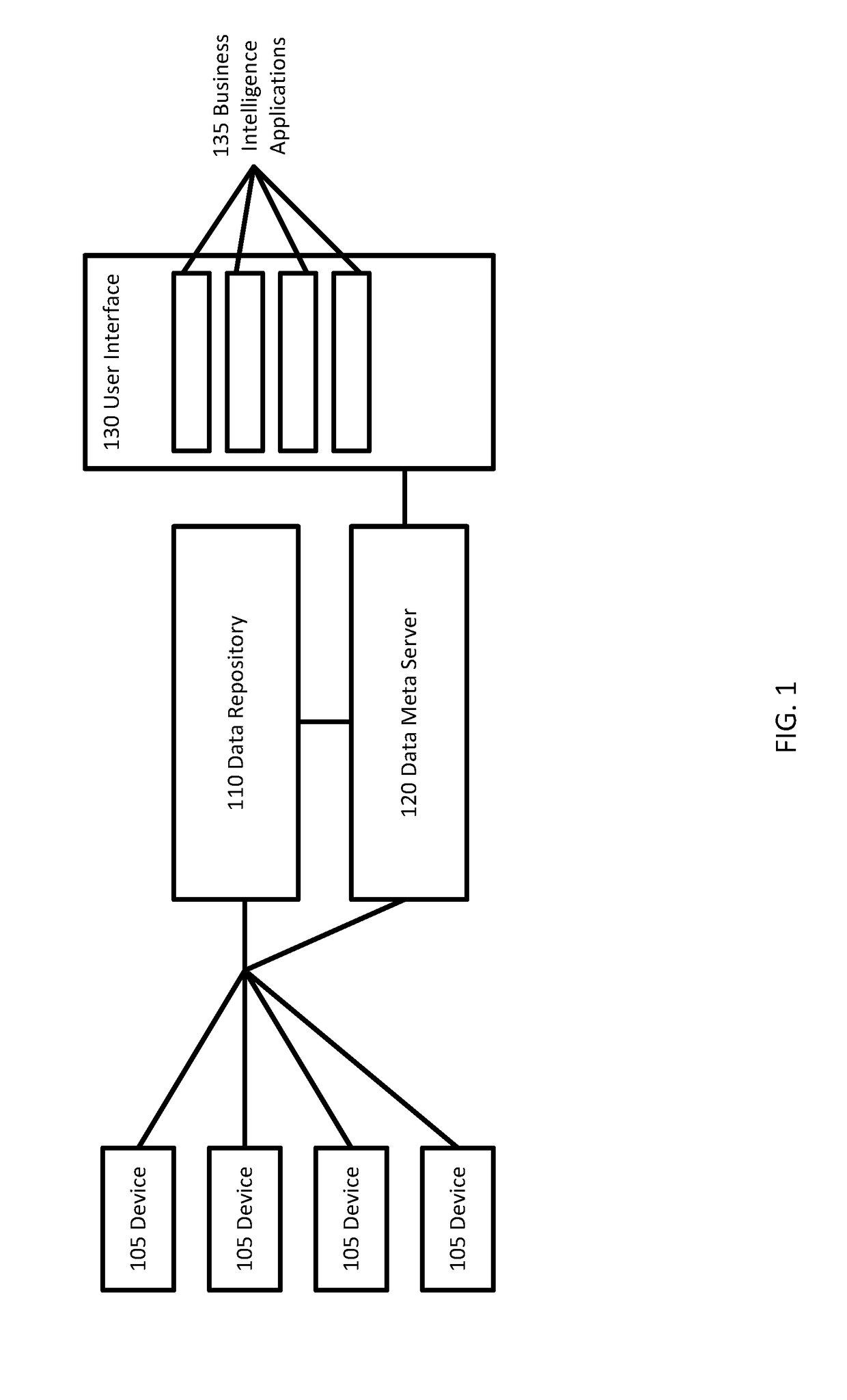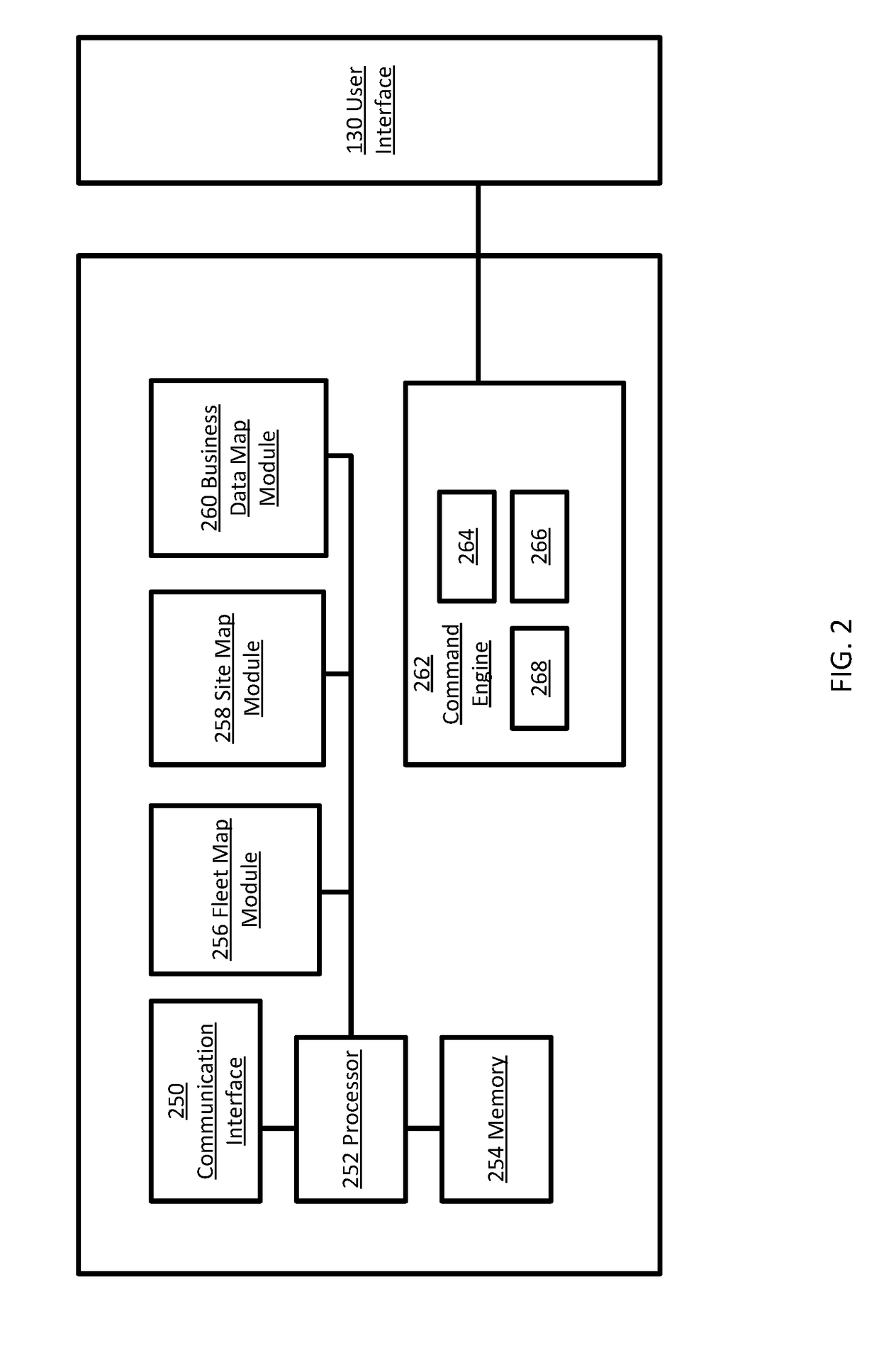Query with data distribution in a hospital network
a technology for querying and data distribution, applied in healthcare informatics, fault response, instruments, etc., can solve problems such as affecting the ability of applications to access relevant data, affecting the identification of relevant data, and affecting the ability of business intelligence applications to acquire relevant data
- Summary
- Abstract
- Description
- Claims
- Application Information
AI Technical Summary
Benefits of technology
Problems solved by technology
Method used
Image
Examples
Embodiment Construction
[0016]Business intelligence applications may be used to evaluate an operation (e.g., hospital or medical group) by using data from multiple different sources. A hospital, for example, may produce vast amounts of data relating to different procedures in different formats. Business intelligence applications select relevant data from the vast amounts of data to generate analysis of the hospital's operation. To acquire relevant data, the identity of the data is determined. Once the relevant data is identified, the business intelligence applications are connected to or access the relevant data, which may be in many disparate locations.
[0017]One example of a business intelligence application is an application that evaluates examination duration and patient changes for CT scanners in a hospital. The analysis derived from the business intelligence application may indicate, for example, that a change in the workflow may produce shorter turnaround time and as such allow the hospital to run mo...
PUM
 Login to View More
Login to View More Abstract
Description
Claims
Application Information
 Login to View More
Login to View More - R&D
- Intellectual Property
- Life Sciences
- Materials
- Tech Scout
- Unparalleled Data Quality
- Higher Quality Content
- 60% Fewer Hallucinations
Browse by: Latest US Patents, China's latest patents, Technical Efficacy Thesaurus, Application Domain, Technology Topic, Popular Technical Reports.
© 2025 PatSnap. All rights reserved.Legal|Privacy policy|Modern Slavery Act Transparency Statement|Sitemap|About US| Contact US: help@patsnap.com



